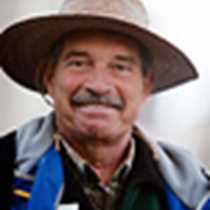Lipari & the Aeolian Islands
Morning found us sailing demurely towards the Straits of Messina, that part between northeastern Sicily and the mainland of Italy. A heavy fog shield obscured our view of Sicily, but the mainland was visible. We were following the same route Ulysses took on his trip north in this area, when he met the two monsters: Scilla and Charybdis, who attacked his ship in search of humans to feed upon. We were ensconced in a steel ship, protected against the scourge!
As soon as we were within range, after breakfast, Robyn told us of the great stories that surround the area. A good number of ships and ferries left the mainland, en route for Sicily. Some of these included water ships, as Sicily does not have enough available water. We saw the monstrous towers erected years ago to connect the island with the mainland with cables for electricity. Today they are only a monument. We were also told of the plans to build a long bridge between both land parts.
We travelled north during the day, visaging the volcano Stromboli, which every half hour or so erupts, and has done so for the last thousands of years, giving it the name of the “Lighthouse of the Mediterranean.”
Soon we were able to see the other islands in the Aeolian group, called so because the ancient Greek believed they were the home of the God Aeolus, the god of wind; Homer wrote about the natural beauty of them! The archipelago consists of seven breezy islands: Lipari the important one, Panarea, Vulcano Stromboli, Salina (where Il Postinho was filmed), Alicudi and Filicudi. All are very nice tourist destinations today.
We walked through the streets of Lipari, unto a bus and were soon touring part of the lovely island. We stopped twice for the viewpoints, where a fine sprawl of delicacies was for sale: salted capers, cucunci (its fruit), cookies, wines and fragrant spices. At our return to Lipari, we visited the castle and museum, where part of the past history of the island is deposited.



